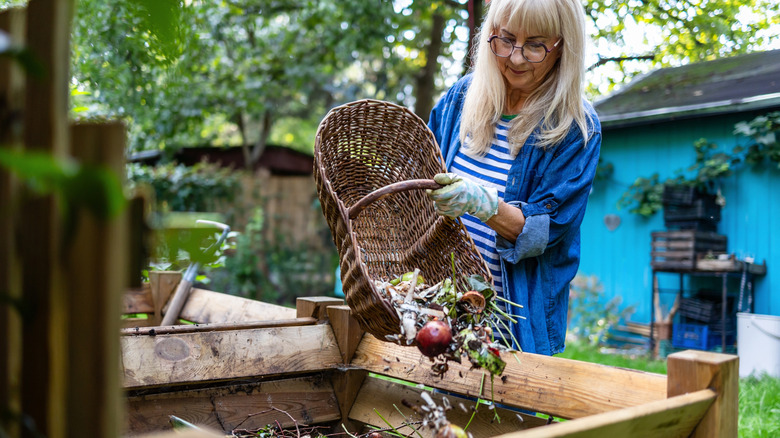Creative Ways to Repurpose Tissue Paper
Tissue paper is a versatile material that can be used in multiple ways beyond just wrapping gifts. Whether you’re running out of traditional wrapping paper or trying to wrap an unusual-shaped present, tissue paper and festive bags can be the perfect solution. Not only do they offer a stylish alternative, but reusing these materials also helps reduce waste and save money on your gifting budget.
When it comes to disposal, tissue paper can be composted if it’s in good condition. However, if it becomes too torn or wrinkled, it’s best to toss it into a compost bin. As it breaks down, it enriches the soil by improving drainage, feeding beneficial microorganisms, and providing essential nutrients to plants. This makes it a great addition to any garden.
While tissue paper can technically be recycled, many recycling centers avoid taking it due to its small fibers, which make the process costly and inefficient. For this reason, reuse and composting are more environmentally friendly options. In composting terms, tissue paper is considered a “brown” item, meaning it contributes carbon to the pile. Unlike “green” items that add nitrogen, browns help balance the compost and aid in decomposition. Tissue paper can also help absorb excess moisture and improve air circulation within the compost bin.
Biodegradable gift wrap typically decomposes within six weeks in a backyard compost system thanks to aerobic bacteria and other microbes. However, in a landfill, where anaerobic bacteria dominate, the process can take much longer. These bacteria also produce methane, a potent greenhouse gas that contributes to climate change.
Best Practices for Composting Tissue Paper
Many types of tissue paper are safe for composting, including facial tissues and toilet paper, as long as they don’t contain harmful pathogens. However, there are some varieties to avoid. Tissue paper with glitter, glossy coatings, or metallic finishes should generally not be composted. These materials can interfere with the composting process and may introduce unwanted chemicals into the soil.
Gift bags, tissue paper, and greeting cards with foil, metallic ink, or laminated surfaces can also pose problems for your compost bin. While dyes might raise concerns, most modern gift wraps use non-toxic colorings that are safe for composting.
To speed up the decomposition process, it’s recommended to shred or tear the tissue paper into smaller pieces. This tip applies not only to tissue paper but also to other compostable materials like dried leaves. Shredded tissue can be used in various ways around the garden. For example, it can be added to mulch or wrapped around the roots of saplings during transplanting. It can also serve as a natural weed suppressant under mulch layers.
If you’re interested in setting up a vermicomposting system, shredded tissue paper can be used as bedding for your worms. When repurposing tissue paper in this way, choose sheets that are free from fragrances and other additives to ensure a healthy environment for the worms.
By creatively reusing and composting tissue paper, you can reduce waste, support your garden, and contribute to a more sustainable lifestyle. Whether you’re looking for eco-friendly gift wrapping solutions or ways to enhance your compost, tissue paper offers a range of practical and environmentally friendly applications.






